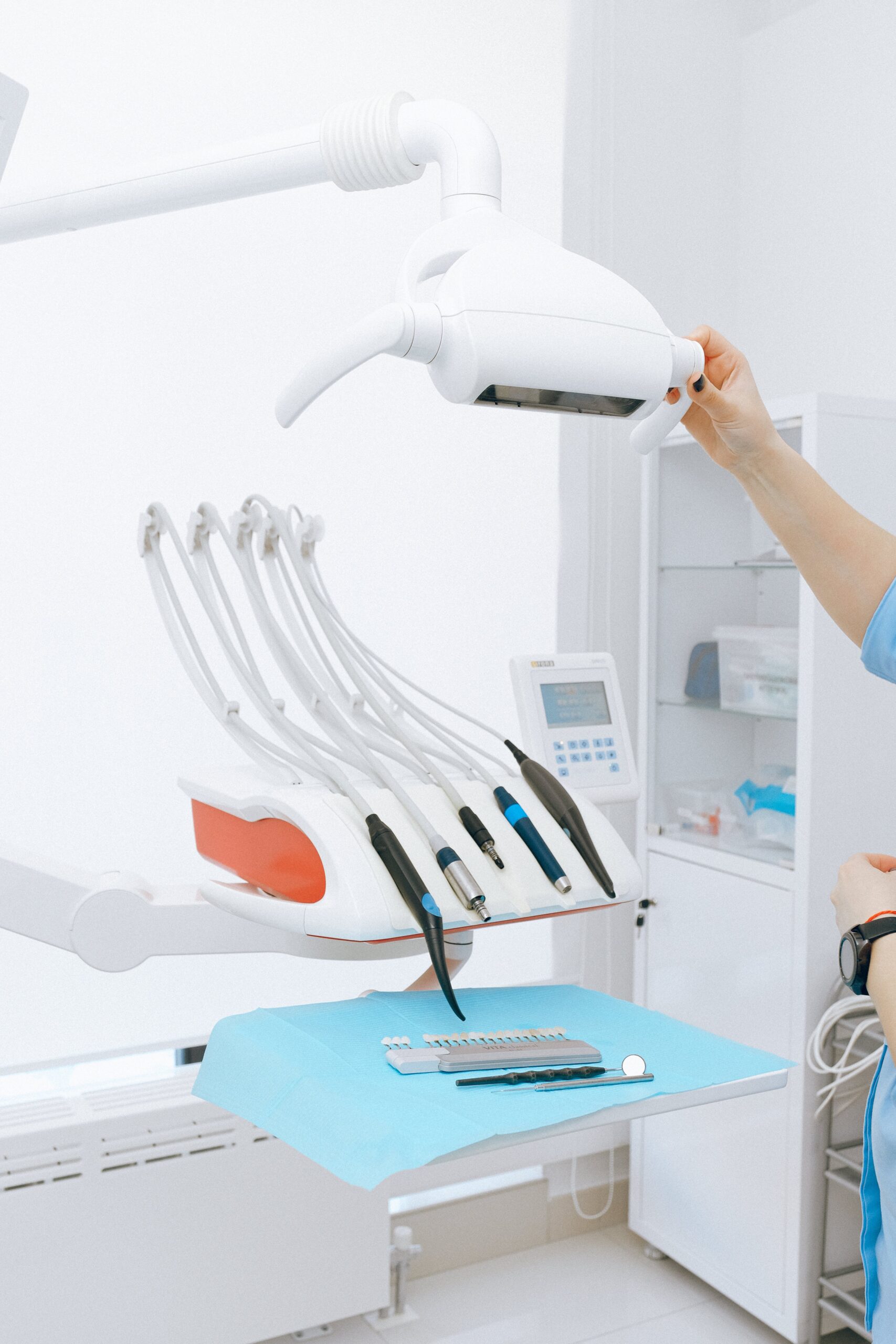Introduction: Connected Health, a term at the forefront of modern healthcare, represents the confluence of healthcare and the Internet of Things (IoT). This article aims to provide a comprehensive exploration of how IoT technology in medical devices is shaping the healthcare landscape. It will delve into the core principles, multifaceted advantages, inherent challenges, emerging trends, and the immense future potential of IoT in healthcare.
Part 1: Fundamentals of IoT in Medical Devices
1.1. Overview of IoT and Its Key Principles: The Internet of Things (IoT) is a vast network of interconnected devices and objects, enabling data collection, analysis, and communication. In the healthcare context, IoT empowers medical devices with connectivity, enhancing patient care through data-driven insights.
1.2. Connected Medical Devices as a Subset of IoT: In this section, we'll take a closer look at connected medical devices, elucidating their essential components, such as sensors for data acquisition, network connectivity for data transmission, and data processing for meaningful insights.
Part 2: Advantages of IoT in Medical Devices
2.1. Enhancing Accessibility and Quality of Healthcare: IoT technology significantly broadens the accessibility of healthcare services, enabling remote monitoring, telemedicine, and improved quality of care through timely interventions.
2.2. Real-time Patient Monitoring: Real-time data collection and analysis, facilitated by IoT devices, empower healthcare professionals with immediate patient insights, leading to better disease management and personalized care.
2.3. Improved Diagnosis and Treatment: IoT plays a pivotal role in augmenting diagnostic capabilities and enabling personalized treatment plans. Case studies and examples will illustrate how IoT is revolutionizing the healthcare industry.
Part 3: Challenges and Risks
3.1. Data Security and Patient Privacy: Security and privacy are paramount in healthcare. This section will address the critical issues surrounding data protection, emphasizing the need for robust security measures, regulatory compliance, data encryption, and secure data transmission.
3.2. Technical Challenges and IoT Failures: IoT in healthcare is not without its technical challenges, including connectivity issues, device malfunctions, and potential data inaccuracies. Strategies to mitigate these risks will be discussed.
3.3. Regulatory and Compliance Considerations: The evolving regulatory landscape for IoT in healthcare requires attention. This section will delve into the importance of adhering to healthcare standards and certifications to ensure safe and effective device use.
Part 4: Trends and the Future
4.1. Prospects for IoT in Medical Devices: Looking forward, we will explore the promising prospects of IoT in healthcare, including the potential for cost reduction, increased patient engagement, and more efficient healthcare delivery.
4.2. Artificial Intelligence and Machine Learning in Connected Health: IoT and AI/ML are merging to deliver more intelligent and predictive healthcare solutions. Real-world examples will demonstrate how predictive analytics and machine learning are enhancing patient outcomes.
4.3. Impact of the COVID-19 Pandemic: The COVID-19 pandemic has accelerated the adoption of Connected Health. We will investigate how IoT played a pivotal role in pandemic response, from remote monitoring to contact tracing.
Part 5: Conclusion
5.1. Summarize the Role of IoT in Healthcare: This concluding section will recap the key insights and takeaways from the article, emphasizing IoT's transformative role in the healthcare industry.
5.2. The Future of Healthcare with IoT: The final words will envision a healthcare landscape that fully embraces IoT, underlining the importance of continuous innovation, ethical use of technology, and the development of supportive policies in this ever-evolving field.
Conclusion: This article showcases the pivotal role of IoT in revolutionizing healthcare, making it more accessible, efficient, and patient-centric. It underscores the need for a harmonious integration of technology and ethical considerations to harness the full potential of IoT in medical devices and shape the future of healthcare.
